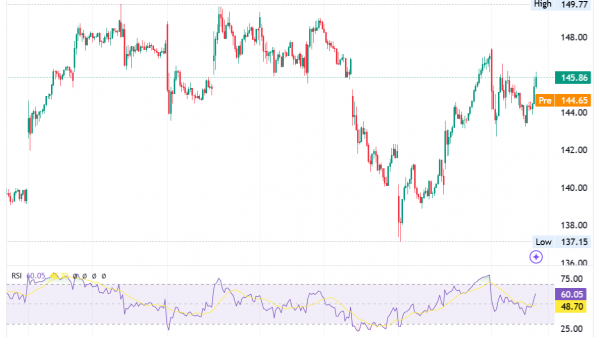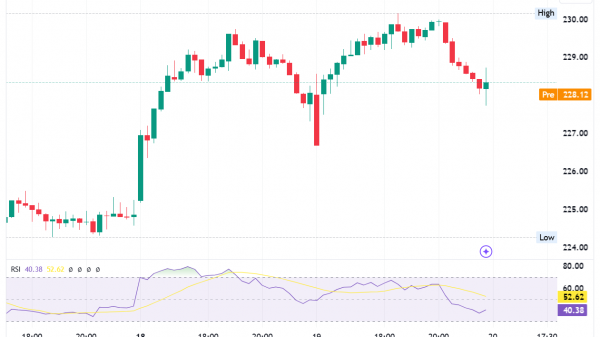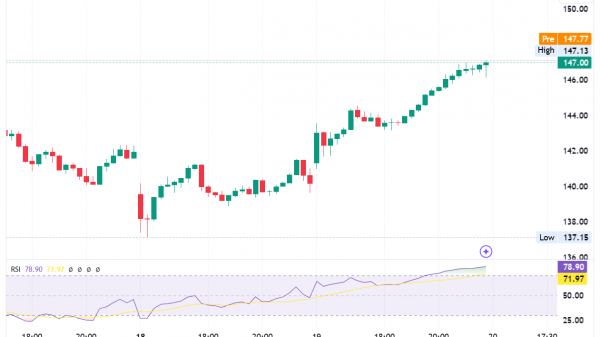What is Hamada Equation – Formula and Practical Application?
Key Takeaways
The Hamada equation helps assess how financial leverage affects a company’s risk, aiding in better financial decision-making.
It aligns with the Modigliani-Miller theorem by assessing how leverage influences a firm’s risk profile, particularly its systematic risk.
To improve a company’s capital structure and analyze its cost of capital, understanding the Hamada equation is crucial. This helps in finding efficient ways to raise capital and meet the expected return for shareholders.
It’s important to note that while the Hamada is a valuable tool, it should be complemented with credit risk analysis to provide a comprehensive assessment of a company’s financial health and risk profile, taking into account factors such as shareholders’ equity and the discount rate.
Analyzing credit risk helps understand a company’s finances better, managing and reducing risks related to systematic risk and other financial factors.
What is the Hamada Equation?
The Hamada equation is a crucial tool in financial analysis that delves into a firm’s cost of capital, particularly when it employs financial leverage as part of its capital structure.
It assesses how using more financial leverage affects the firm’s risk, measured by its beta coefficient.
In essence, the equation assists in understanding the intricacies of a firm’s capital structure in light of the Modigliani-Miller theorem, all while considering the associated cost of capital.
Robert Hamada, a former finance professor at the University of Chicago, created this equation in 1966 while teaching. He also served as the business school’s dean from 1993 to 2001.
The Hamada equation can be expressed as follows:
Explaining the Hamada through Examples
To gain a clearer understanding of the Hamada Equation, let’s delve into two illustrative examples:
Example 1
Company A boasts a debt-to-equity ratio of 0.60, a tax rate of 33%, and an unlevered beta of 0.75. By applying the Hamada Equation, we calculate a result of 1.05.
This signifies that when this company decides to borrow funds to support its operations, it amplifies its financial risk by 0.30. This increase in risk amounts to 40% of its initial risk (0.3 / 0.75).
Example 2:
Let’s consider the retailer Target (NYSE: TGT), which possesses an unlevered beta of 0.82, a debt-to-equity ratio of 1.05, and a 20% tax rate.
Through the application of the Hamada Equation, we derive a result of 0.99. In this particular scenario, the act of leveraging elevates the Beta by 0.17, indicating a 21% augmentation in financial risk.
Understanding the Hamada Equation within WACC
The Hamada is a Weighted Average Cost of Capital (WACC) calculation component. It aids in adjusting Beta to determine the optimal capital structure within the WACC framework. This adjustment process is precisely what the Hamada Equation accomplishes.
Limitations of the Hamada Equation
While the Hamada Equation is valuable for optimizing capital structures, it does not consider credit ratings and the associated risk of default.
Despite attempts to modify it, the equation must incorporate ads and default risk effectively.
When using the Hamada, it is crucial to comprehend Beta. Beta is calculated based on a company’s debt usage for borrowing funds and managing financial risk.
Key Components of the Hamada Equation in Financial Analysis
In the realm of financial analysis, understanding the Hamada equation involves dissecting several essential components:
Levered Beta (β_L): Assessing Risk with Financial Leverage
– Levered Beta is a critical metric that gauges the level of risk a firm assumes when incorporating financial leverage into its capital structure. It quantifies how the addition of debt affects the company’s overall risk profile.
Unlevered Beta (β_U): Establishing a Baseline for Market Risk
– Unlevered Beta represents the company’s inherent market risk, devoid of any influence from debt. It serves as a baseline measure of a firm’s riskiness, offering insights into its fundamental market exposure.
Tax Rate (T): Influence on Tax Shield
– The tax rate holds a pivotal role within the Hamada equation. It affects the tax shield generated by interest payments on debt. A higher tax rate can result in more significant tax benefits from debt financing.
Debt-to-Equity Ratio (D/E): Quantifying Financial Leverage
– The debt-to-equity ratio is a fundamental measure of a firm’s capital structure. The sentence can be simplified and split into shorter coherent sentences as follows:
A company’s leverage ratio measures its reliance on borrowed funds versus its own capital. This ratio indicates the balance between debt and equity.
Alignment with the Modigliani-Miller Theorem
– The Hamada equation’s analysis parallels the principles of the Modigliani-Miller theorem.
This theorem posits that, under specific assumptions, a firm’s overall value is not influenced by its capital structure.
Hamada’s equation looks at how adding financial leverage changes a company’s risk level, measured by the beta coefficient.
Facilitating Cost of Capital Evaluation
– Ultimately, the Hamada equation plays a pivotal role in financial decision-making by assessing a firm’s cost of capital.
The cost is important for a company to get money and do projects, so it’s a key part of financial planning.
Calculating the Hamada Equation and What It Means
To calculate the Hamada equation:
Divide the company’s debt by its equity.
Subtract one from the tax rate.
Multiply these results from steps 1 and 2, and add one.
Multiply the unleveled Beta by the result from step 3.
The Hamada equation helps us understand the Weighted Average Cost of Capital (WACC), which considers factors like default risk and cost of capital.
It’s related to the Capital Asset Pricing Model (CAPM), which calculates expected returns based on risk, measured by Beta.
The Hamada equation’s insights are essential for assessing how financial leverage impacts a company’s risk and overall financial analysis.
Bottom line
The Hamada is a vital tool for analyzing a firm’s cost of capital, especially when it employs financial leverage in its capital structure. It provides insights into how additional financial leverage affects a company’s overall risk, as measured by its beta coefficient.
The Hamada equation assists firms in optimizing their capital structure. It does this by adjusting Beta for leverage and taking into account the Weighted Average Cost of Capital (WACC).
While valuable, the Hamada has limitations, such as not considering credit ratings and default risk, which may necessitate additional analysis for a comprehensive understanding of a firm’s financial risk profile.
The post What is Hamada Equation – Formula and Practical Application? appeared first on FinanceBrokerage.

































